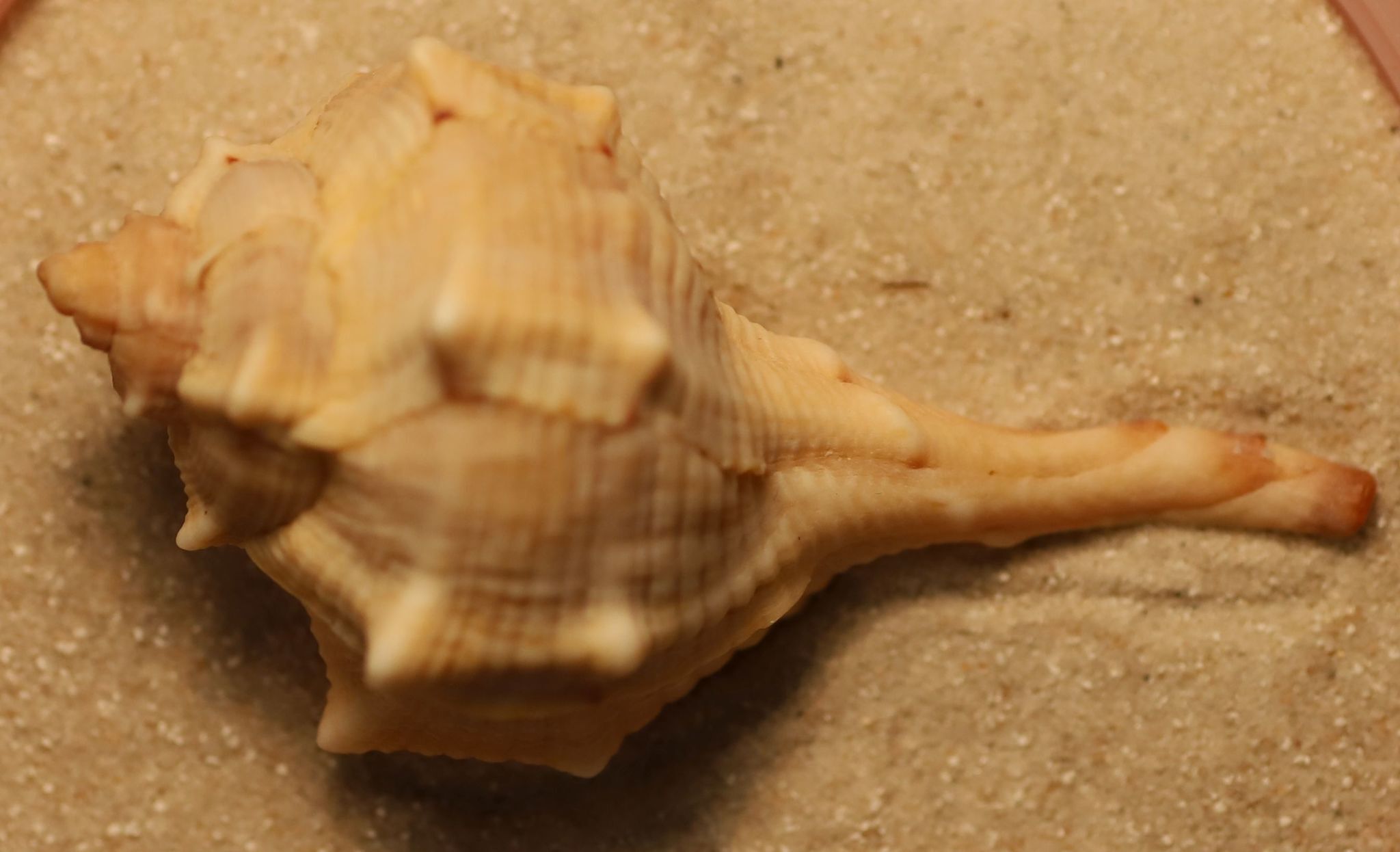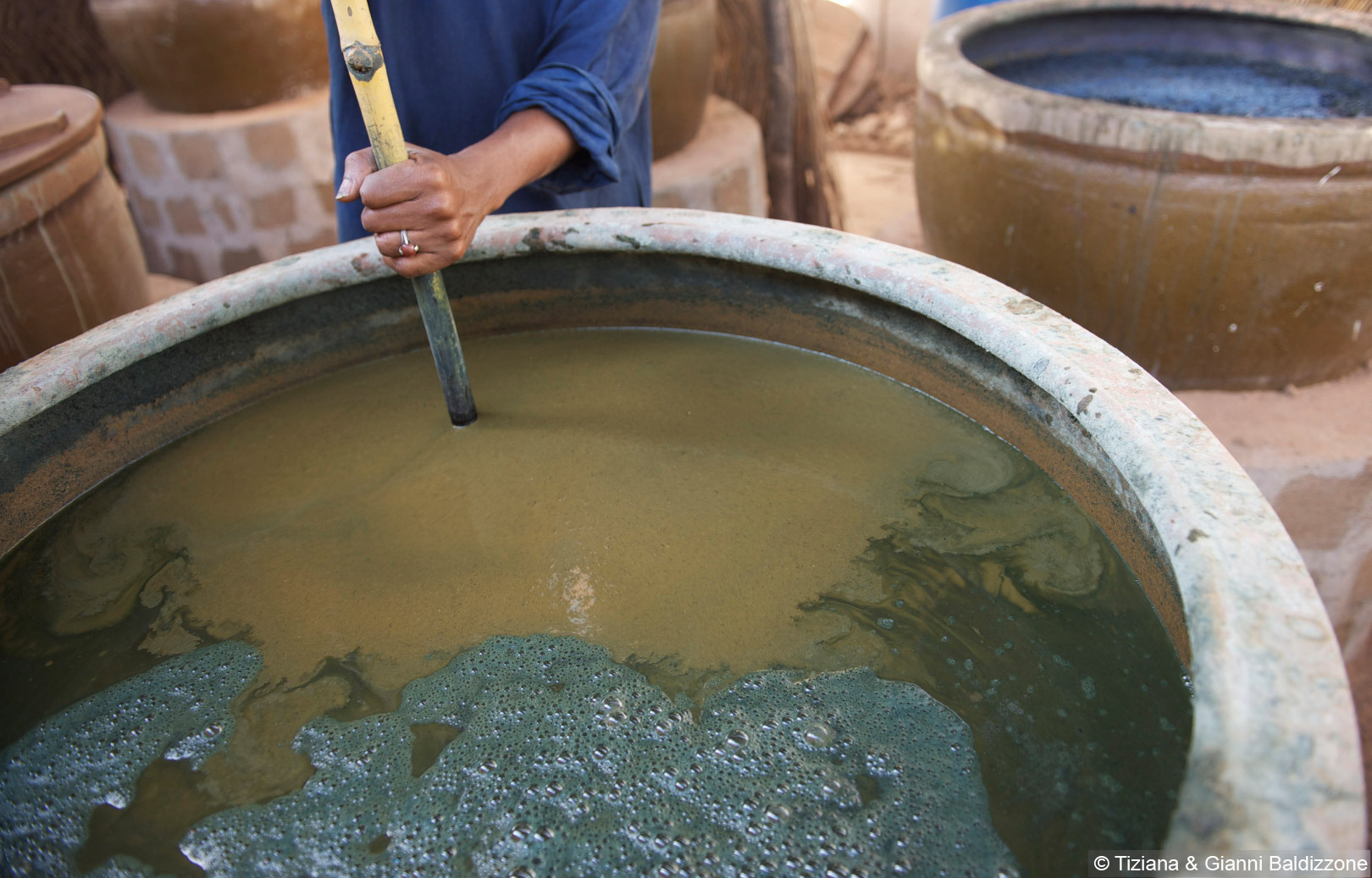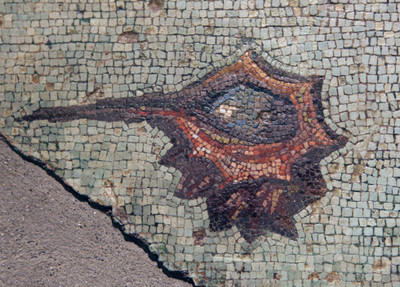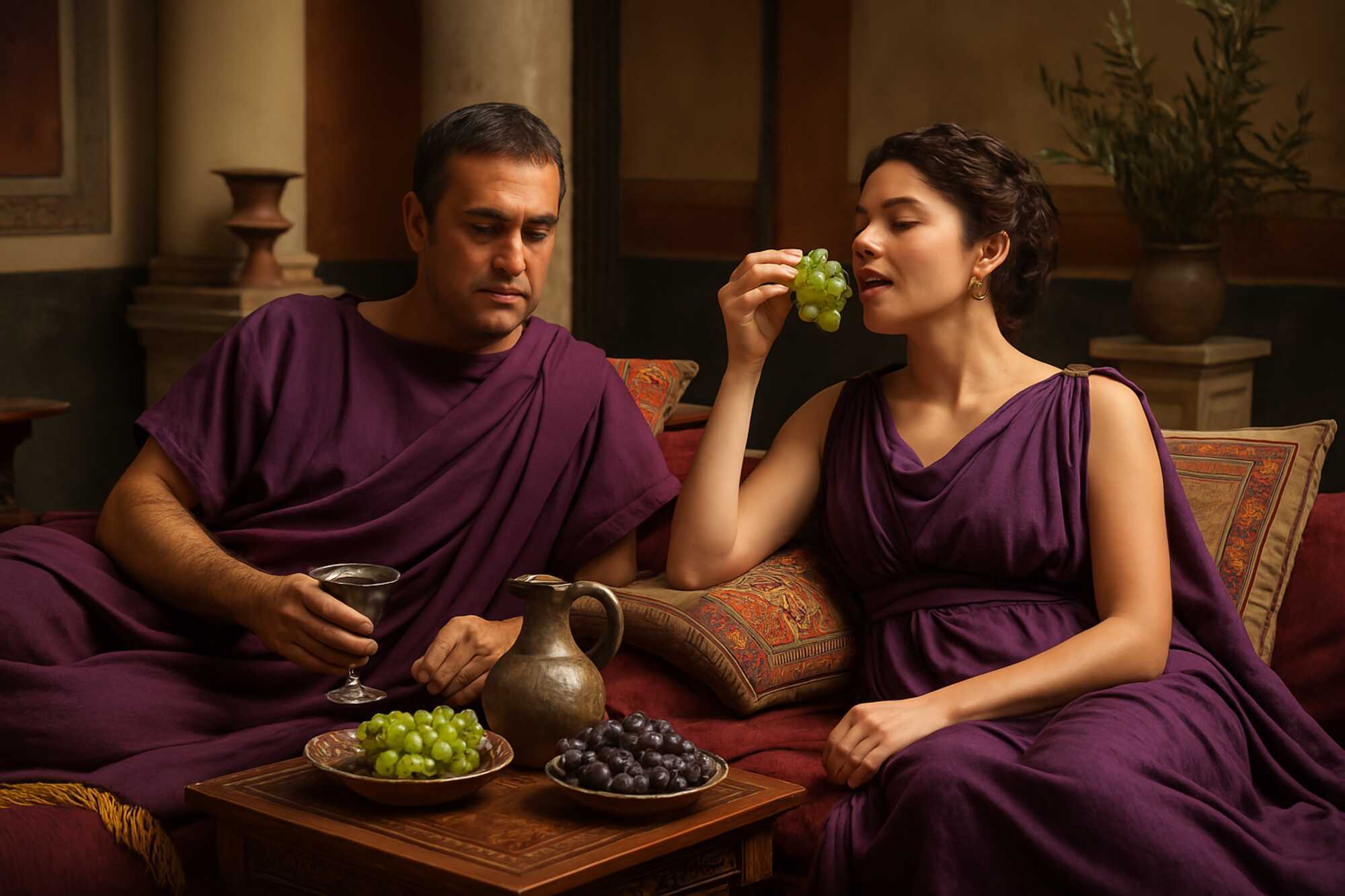Shells That Are Worth Thier Weight in Gold? Tyrian Purple Shells.
Seashell Supply on 28th Apr 2025
The Ancient Art of Tyrian Purple: A Dye Worth Its Weight in Gold
For centuries, the color purple has been associated with royalty, wealth, and prestige. But few people know the fascinating—and rather pungent—process behind its creation. Tyrian Purple, one of the most coveted dyes of the ancient world, was extracted from the mucus of Murex sea snails, requiring thousands of these mollusks to produce even a small amount of dye. Let’s dive into the history and process of this legendary color.

A Color Born from the Sea
Tyrian Purple, also known as Imperial Purple, was first produced by the Phoenicians as early as 1200 BCE. The dye was so valuable that it was worth more than its weight in gold. The name "Tyrian" comes from the ancient city of Tyre, located in present-day Lebanon, where the dyeing industry flourished

The Labor-Intensive Process
The production of Tyrian Purple was no simple task. Here’s how ancient dyers extracted this precious pigment:
- Harvesting the Snails – Murex snails were collected from the Mediterranean Sea, often in large quantities. It took approximately 120 pounds of snails to produce just one gram of dye powder.
- Extracting the Dye – The snails were either crushed or left to decay in the sun, allowing their mucus glands to release the dye-producing compound.
- Processing the Pigment – The extracted fluid was mixed with salt and boiled for several days, undergoing chemical changes that resulted in a range of colors from pink to deep purple.
- Dyeing the Fabric – Cloth fibers were soaked in the dye, which bonded permanently to the material. Unlike other dyes, Tyrian Purple became brighter with exposure to sunlight and weathering.
The Prestige of Purple
Because of its rarity and high cost, Tyrian Purple became a symbol of power. In ancient Rome, only emperors and high-ranking officials were permitted to wear garments dyed with this luxurious color. The dye’s exclusivity led to sumptuary laws restricting its use to the elite.
A Legacy That Endures
With the fall of the Roman and after it the Byzantine Empire, the European understanding of purple dyeing fell away and by the 14th century the secrets of Tyrian purple were lost. It has only been through recent experimentation that the technique was rediscovered in 2001
Although synthetic dyes have replaced Tyrian Purple in modern times, a handful of artisans still practice the ancient technique of extracting dye from Murex snails. The process remains as labor-intensive and odorous as ever, but the allure of this historic color continues to captivate those who appreciate its rich heritage.
Fun facts about Tyrian Purple Dye:
Creating this purple dye was a very disgusting process. Imagine tons of sea snails rotting in the sun, then being boiled. The huge vats the dye was produced in were often put up very far from the towns that produced the dye. Ancient descriptions of the Roman officials that were allowed to wear Tyrian Purple hint at the cloth still smelling slightly bad because of the nature of the dye. So the most pwerful men in the world at the time likely smelled a little like rotten clams at the most important events they attended.
Purple remained a very expensive and restricted color until 1856 when William Henry Perkins was trying to produce a synthesized quinine, a drug to prevent malaria. He failed, but what he accidentally produced was a chemical compound that made a lovely, and cheaply made, purple dye. It was at this point that people outside royalty and the church were able to finally wear the color themselves.


